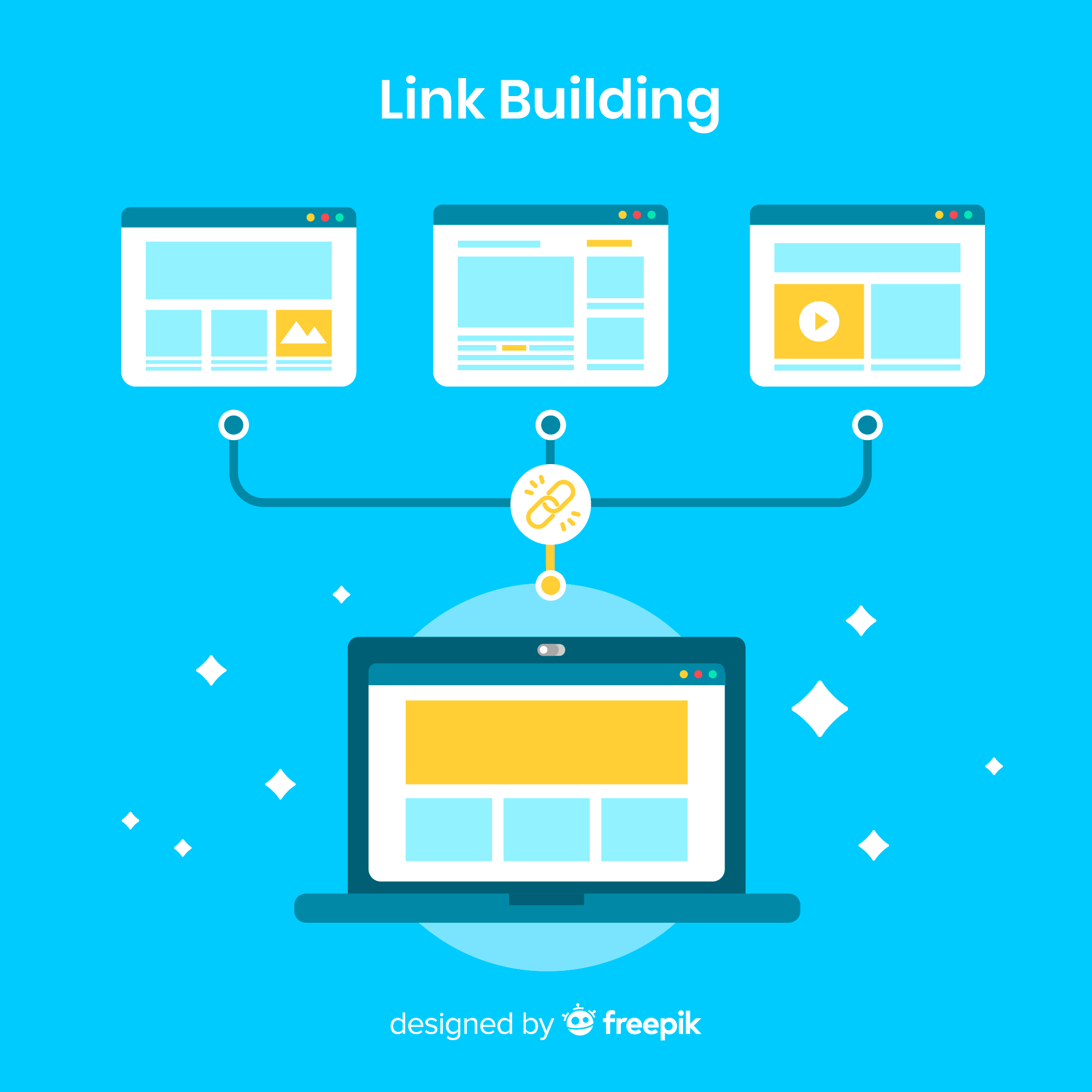Three most common website structures?

In the ever-evolving landscape of the internet, websites serve as the digital storefronts of businesses and individuals alike. The structure of a website plays a crucial role in determining its user experience, navigation, and overall effectiveness. Three common website structures have emerged as standard approaches, each with its own strengths and use cases. In this blog post, we will delve into the three most common website structures and explore their characteristics, advantages, and potential drawbacks. Custom website development allows businesses to tailor their websites to specific needs, ensuring a unique and effective online presence.
1.Linear or Single-Page StructureThe linear or single-page website structure is a straightforward and streamlined approach. As the name suggests, all the content is presented on a single, continuous page. Users navigate through the content by scrolling, and information is usually organized in a chronological or thematic order.
Advantages:- Simplicity and Focus: Single-page websites are inherently simple, allowing for a clear and focused presentation of information. This can be particularly effective for showcasing portfolios, personal profiles, or small businesses with limited content.
- Smooth User Experience: Since users don't have to navigate through multiple pages, the experience is often smooth and uninterrupted. This can be especially beneficial for mobile users who prefer scrolling to clicking.
- Storytelling Opportunities: The linear structure lends itself well to storytelling. Content can be presented in a narrative format, guiding users through a journey or sequence of information.
- Limited Content Scalability: While suitable for concise content, single-page structures may struggle when dealing with a large volume of information. As content grows, the page can become lengthy and overwhelming.
- SEO Challenges: Search engine optimization (SEO) can be more challenging for single-page websites. It may be harder to target specific keywords and achieve optimal search rankings compared to multi-page structures.
The hierarchical or tree structure is a classic approach to website organization. Information is organized into a hierarchical system, typically with a homepage leading to main categories, and subcategories branching off from them. Users navigate through the site by clicking on links and following the predefined structure.
Advantages:- Organized Information: The hierarchical structure is ideal for organizing a large amount of content. Users can easily find information by following a logical path, which is especially beneficial for websites with diverse offerings or extensive product catalogs.
- SEO-Friendly: Search engines tend to favor hierarchical structures because they allow for clear categorization of content. This can contribute to better SEO performance and visibility in search results, showcasing how SEO helps your business grow online.
- Scalability: As content grows, a hierarchical structure remains scalable. New pages and categories can be added without significantly impacting the overall organization.
- Complex Navigation: In some cases, the hierarchical structure may lead to complex navigation, especially if there are too many levels of categories and subcategories. This can potentially confuse users and hinder their ability to find information quickly.
- Potential for Redundancy: Without careful planning, there is a risk of creating redundant or overlapping content across different sections of the hierarchy. This can dilute the user experience and impact SEO.
The network or webbed structure takes a more flexible and interconnected approach to website organization. Instead of a linear or hierarchical flow, information is linked in a network of interconnected pages. Users can navigate between related content through hyperlinks, creating a more dynamic and non-linear user experience.
Advantages:- Interconnected Content: The webbed structure allows for a more interconnected presentation of content. Users can easily explore related topics and navigate based on their interests, promoting a more engaging experience.
- Adaptability: This structure is well-suited for websites with content that doesn't fit neatly into a linear or hierarchical format. It provides the flexibility to adapt to diverse content types and user preferences.
- Encourages Exploration: Users are encouraged to explore different parts of the website, fostering a sense of discovery. This can be particularly effective for websites focused on education, entertainment, or creative content.
- Potential for Disorientation: The non-linear nature of the webbed structure can lead to user disorientation, especially if not implemented thoughtfully. Users may find it challenging to understand the overall organization of the site.
- Complex Maintenance: Managing and maintaining a webbed structure can be more complex than linear or hierarchical structures. Careful planning and maintenance are essential to ensure a coherent and user-friendly experience.
Choosing the right website structure depends on various factors, including the nature of the content, user expectations, and the goals of the website. Whether opting for a linear, hierarchical, or webbed structure, thoughtful planning and a user-centric approach are key to creating a successful online presence. By understanding the strengths and drawbacks of each structure, website owners can make informed decisions to optimize their digital platforms for the best possible user experience.
